“Its all saved in the cloud“.
Nowadays, you hear this all around. From selfie pics to corporate big data, all data is now being increasingly stored in cloud systems. Given a choice, people tend to choose cloud based systems for their business, rather than traditional dedicated servers. This new interest in cloud systems is driving hosting providers world over to adopt cloud technology.
See how our WHMCS oVirt plugin helps you!
When choosing a cloud technology, hosting providers are often faced with a lot of business choices – which software to use, what hardware to deploy, how to keep the system profitable, etc. Many providers choose proprietary technology such as VMWare or Hyper-V because of their popularity and product support. However, it is not uncommon to see cloud providers complaining about poor Return of Investment (ROI) when using proprietary technologies. The licensing model of many commercial cloud systems require a huge upfront investment and recurring costs. This leads to a long break-even time, which many cloud providers find difficult to sustain.
In contrast, leading open source server virtualization solutions enjoy active community support and require only a low up-front investment. This enables cloud providers break-even in a shorter period of time, while not compromising on service reliability. Let me explain that with an example.
[ Use your time to build your business. We’ll take care of your customers. Hire our phone support specialists at affordable pricing. ]
We support cloud service providers through our dedicated support services. As part of this service, we maintain the cloud infrastructure, provide 24/7 technical support and assist customers to make business decisions. One question we are often asked is, “How do we make our ROI better?”. Recently, this question was raised by a US-based cloud service provider who has been using a proprietary cloud system for 2 years. They received a constant stream of new customers, but the returns from the business was not enough to power further expansion.
We recommended deploying open source cloud systems for their next set of servers, and offered to build a system that closely matches their current system. We created several infrastructure designs which included both open source and proprietary software. The customer finally chose a cloud system design based on oVirt which is an open source equivalent of Red Hat’s RHEV. This is the story of how we designed and implemented the system.
oVirt cloud hosting – our design considerations
We boiled down the customer’s request into two major goals : (a) The ROI in the new cloud system should be better than the current one. (b) Cloud users should get the same or better set of features than the current system.
So, the first order of business was to make a list of features that were used by cloud users the most. They were, easy resource scaling, high availability, quick template-based provisioning, and availability of reliable backups. Added to this were some important cloud management capabilities such as hot-migration of VMs (i.e. migrating a user without downtime) and easy infrastructure expansion (adding new storage, new compute nodes, etc.).
Based on this core list of cloud system features, we short listed many technologies that included OpenStack, CloudStack, oVirt, and a few other proprietary systems. Some of these systems were later eliminated because either they were too costly, or the systems were too un-reliable. Finally, we were left with 4 system designs out of which the oVirt based cloud system was selected by the customer because it was almost a drop in replacement for the current system (which meant lower learning curve for all departments like sales, admin, billing, etc.).
Our oVirt based solution was a safe bet in several ways. The first and foremost was that Red Hat used oVirt as a base for its Red Hat Enterprise Virtualization solution. So, the continued development of this system was guaranteed. The community support for oVirt was huge, and regular releases were happening over time. This meant that most issues in the cloud system would have documented solutions, and if not, quick support was always available from the community.
Once we got the go-ahead, we were able to implement the whole new system within a couple of weeks. We used the savings in software licensing costs to buy better & bigger servers, thereby getting even better ROI prospects. Here is a run-down of the top features the new system showcased:
[ You don’t have to lose your sleep to keep your customers happy. Get the best support specialists to care for your customers 24/7. ]
On demand scaling up/down
One of the top benefits of using a cloud solution is the ability to scale resources on short notice. oVirt allows quick update of CPU, Memory and Disk space.
Backups management
We configured backups using a feature called “Snapshots” in oVirt. Once or twice a day, a “snapshot” of all active VMs are taken and stored in an external backup disk.
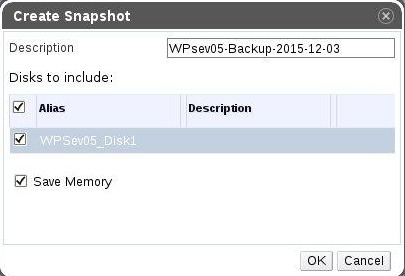
Implementing backups using snap shots
Quick provisioning
Once we created virtual machines for each kind of cloud hosting plan, these were converted to templates, and then these templates were used to create more accounts. Every time a new version of operating system was released or a change in hosting plans were made, these templates were updated, so that provisioning could be done in less than 15 mins.
[ Focus on your core business without interruptions. Our tech support experts are here to manage your customers 24/7. ]
Live migration
As the resource usage by individual VMs increase in a node, a few resource heavy VMs may need to be migrated to another node to avoid resource exhaustion. This needs to be done in a transparent manner. We use a feature called “Live migration” in the oVirt panel to accomplish this.
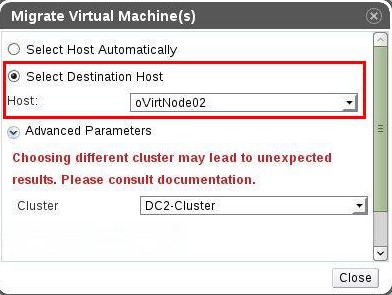
Hot migration within the same oVirt cluster
Easy infrastructure expansion
A cloud system should be seamlessly expandable. oVirt allows creation of several “clusters” to which storage and compute devices can be added fairly easily from the admin panel. The storage devices can either be hard disks, or block storage devices like SAN.
Running a sustainable cloud hosting business calls for the right choice of technology. Open source cloud systems are now mature enough to compete with commercial offerings. Different cloud systems have different strengths, and choosing a cloud solution should be based on careful analysis of the cloud provider’s business model. Bobcares helps data centers and cloud hosting providers design, deploy, customize and maintain cloud systems that is custom tailored to meet their business goals.





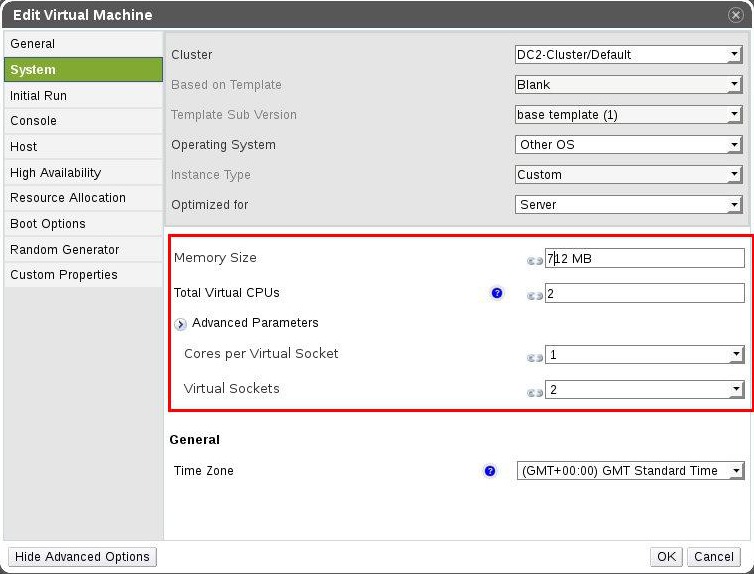
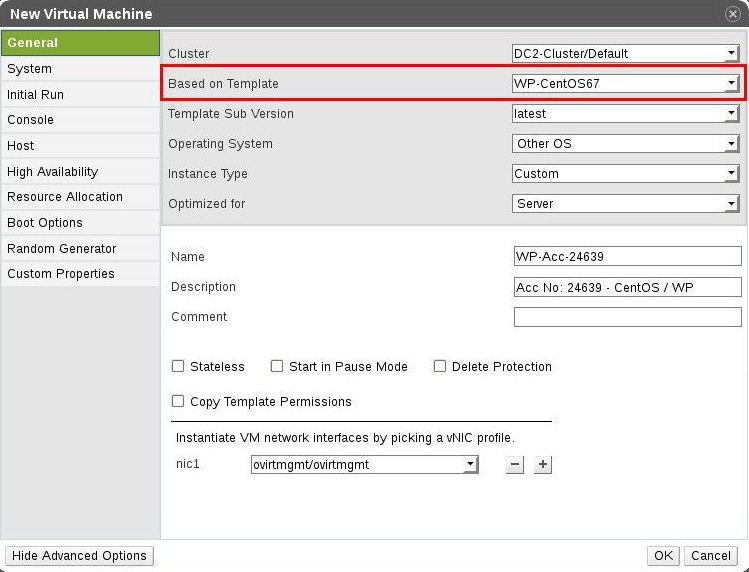
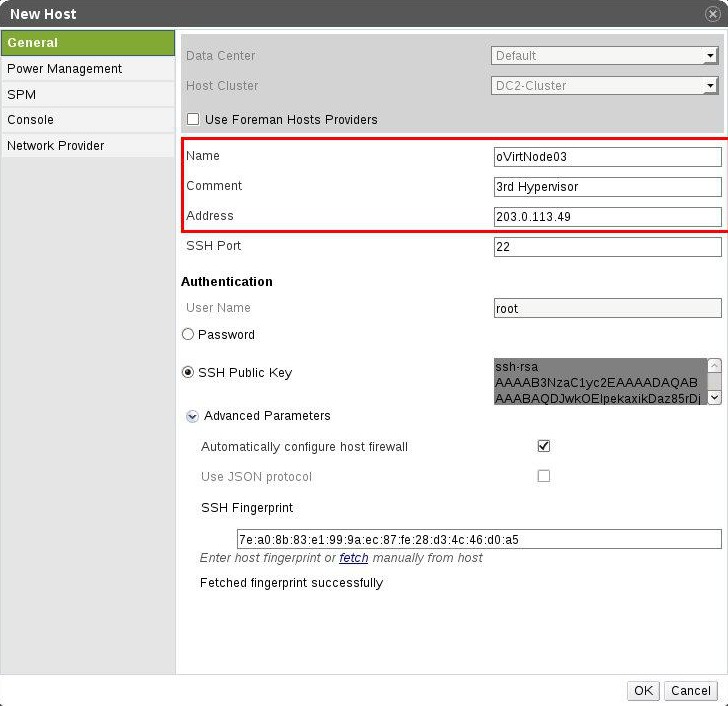
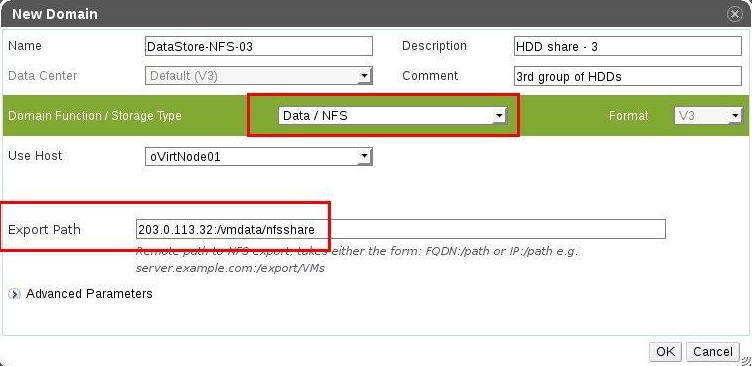


0 Comments